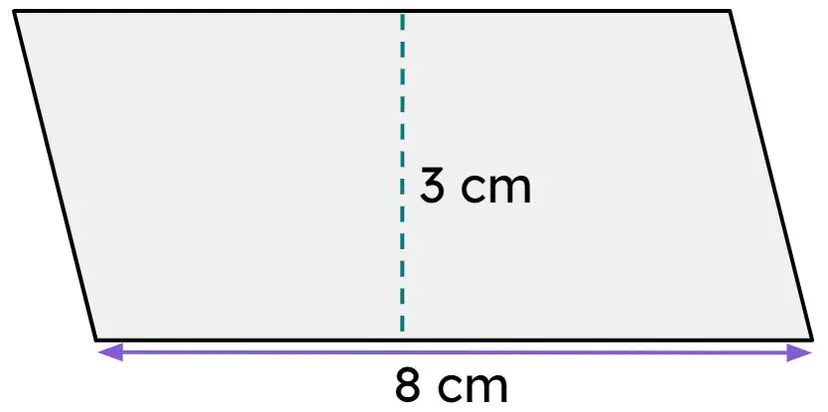Myths about teaching can hold you back
- Year 6
Explain how to calculate the area of a parallelogram
I can recall and explain how to calculate the area of a parallelogram.
- Year 6
Explain how to calculate the area of a parallelogram
I can recall and explain how to calculate the area of a parallelogram.
These resources were made for remote use during the pandemic, not classroom teaching.
Switch to our new teaching resources now - designed by teachers and leading subject experts, and tested in classrooms.
Lesson details
Key learning points
- The area of a parallelogram is equal to the area of the rectangle created by rearranging the parts.
- Any parallelogram has a base and a perpendicular height.
- The area of a parallelogram is equal to its base multiplied by its perpendicular height.
Keywords
Perpendicular - Two lines are perpendicular if they meet at a right angle.
Parallelogram - A parallelogram is a quadrilateral with two pairs of parallel and equal sides.
Common misconception
Pupils might believe the perpendicular height of any parallelogram to be one of its side lengths. This is only true of a rectangle.
Take time to exemplify perpendicular height with a focus on the right angle created. Make use of examples within the lesson and include additional unusual parallelograms to secure understanding.
To help you plan your year 6 maths lesson on: Explain how to calculate the area of a parallelogram, download all teaching resources for free and adapt to suit your pupils' needs...
To help you plan your year 6 maths lesson on: Explain how to calculate the area of a parallelogram, download all teaching resources for free and adapt to suit your pupils' needs.
The starter quiz will activate and check your pupils' prior knowledge, with versions available both with and without answers in PDF format.
We use learning cycles to break down learning into key concepts or ideas linked to the learning outcome. Each learning cycle features explanations with checks for understanding and practice tasks with feedback. All of this is found in our slide decks, ready for you to download and edit. The practice tasks are also available as printable worksheets and some lessons have additional materials with extra material you might need for teaching the lesson.
The assessment exit quiz will test your pupils' understanding of the key learning points.
Our video is a tool for planning, showing how other teachers might teach the lesson, offering helpful tips, modelled explanations and inspiration for your own delivery in the classroom. Plus, you can set it as homework or revision for pupils and keep their learning on track by sharing an online pupil version of this lesson.
Explore more key stage 2 maths lessons from the Area, perimeter, position and direction unit, dive into the full primary maths curriculum, or learn more about lesson planning.

Licence
Prior knowledge starter quiz
6 Questions
Q1.Which of the shapes is 4-sided?
Q2.Choose the parallelograms.
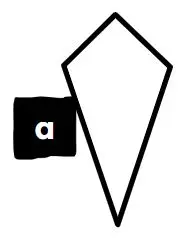
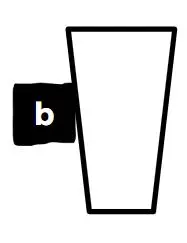
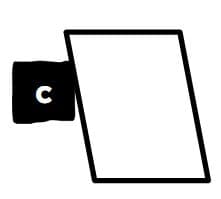
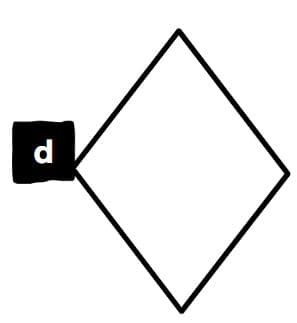
Q3.Which of the statements is true for parallelograms?
Q4.Number rods have been used to make shapes. Tick the statement that is true.
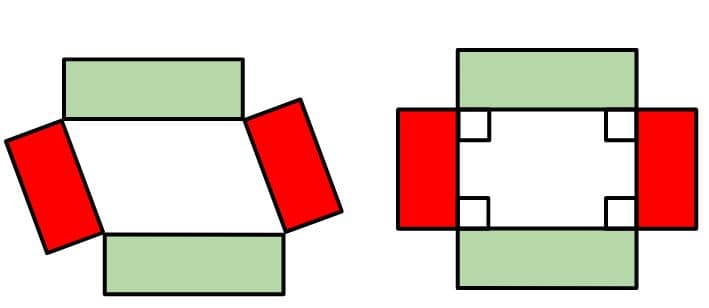
Q5.‘A square is a parallelogram’. Is this statement:
Q6.Which of these statements are true?
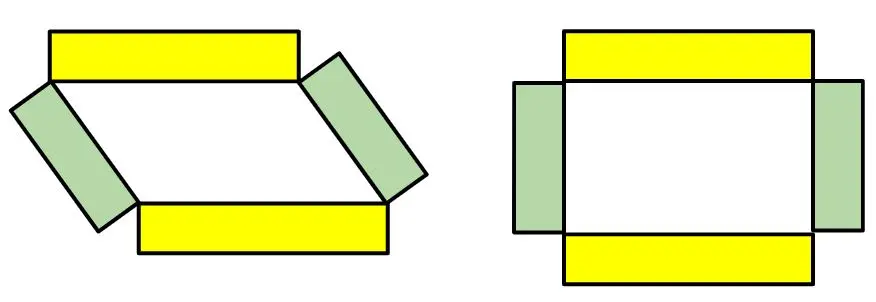
Assessment exit quiz
6 Questions
Q1.Which line is the base of the parallelogram?
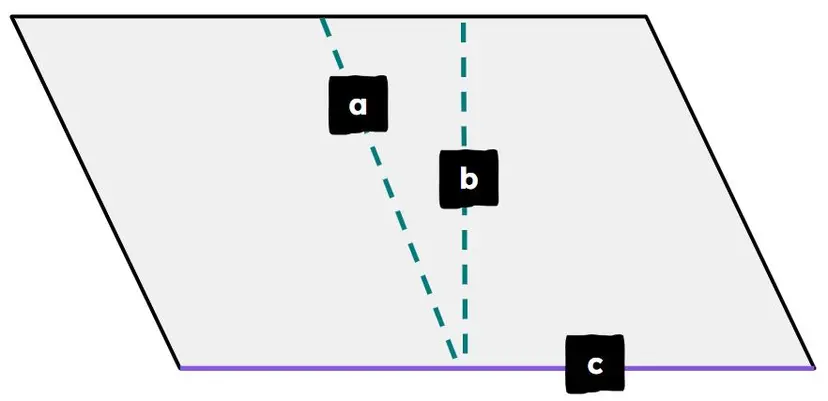
Q2.Which line is the perpendicular height of the parallelogram?

Q3.What is the formula for the area of a parallelogram?
Q4.What is the area of the parallelogram? cm².
